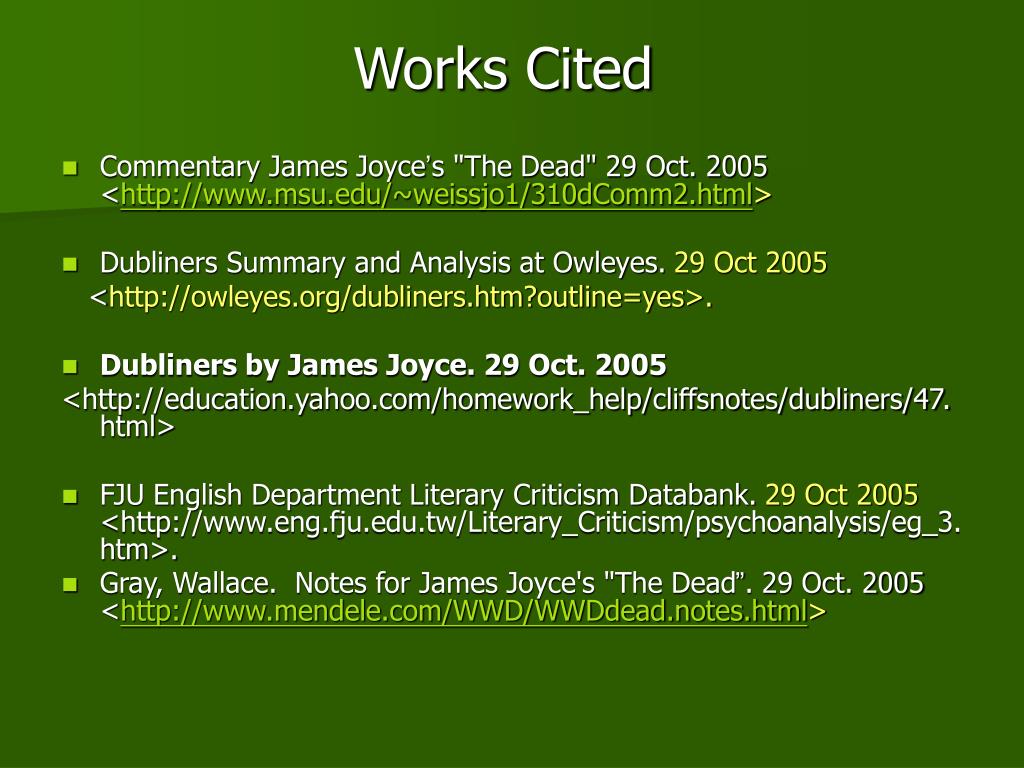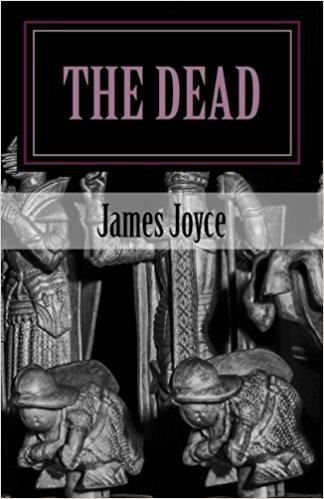

That is, although Maria does not herself tell the story, the reader is privy to her thoughts and no other characters'. Like "A Little Cloud" and "Counterparts," "Clay" employs the limited third-person point-of-view strategy.

And of course, the story's central image, the clay itself that superstition says may mean death for Maria, is probably brown, or brownish, as well. Maria's raincloak is brown, as is the hard hat of the man on the tram. With regard to Joyce's system of color symbolism, the color brown (meaning decay) looms largest in this story. Joyce writes that "She felt a soft wet substance with her fingers and was surprised that nobody spoke or took off her bandage," rather than writing something like "She felt a soft wet substance, obviously clay rather than a book, ring, or water, and gasped at the thought of death foretold." (Joyce believed that education in Roman Catholic schools had made the Irish ignorant, exacerbating the country's paralysis.) She does not seem to realize the significance of her choice in the Hallow Eve game. She is in thrall to the Roman Catholic Church (setting her alarm an hour earlier than usual so that she can attend All Saints' Day Mass the next morning), and she loses her gift while distracted by a "colonel-looking gentleman" who might represent England.

Some critics have interpreted Maria as a symbol of Ireland itself (which would link her, unpredictably, with the pervert from "An Encounter"). While playing traditional Irish Halloween games, a blindfolded Maria chooses clay rather than water, a ring, or a prayerbook, signifying (at least according to Irish superstition) that she will die soon. Maria served as his nurse when Joe was a baby.

After work in the kitchen of an industrial laundry mainly staffed by recovering alcoholics and ex-prostitutes, an older unmarried woman named Maria attends a party at the home of a man named Joe.


 0 kommentar(er)
0 kommentar(er)
